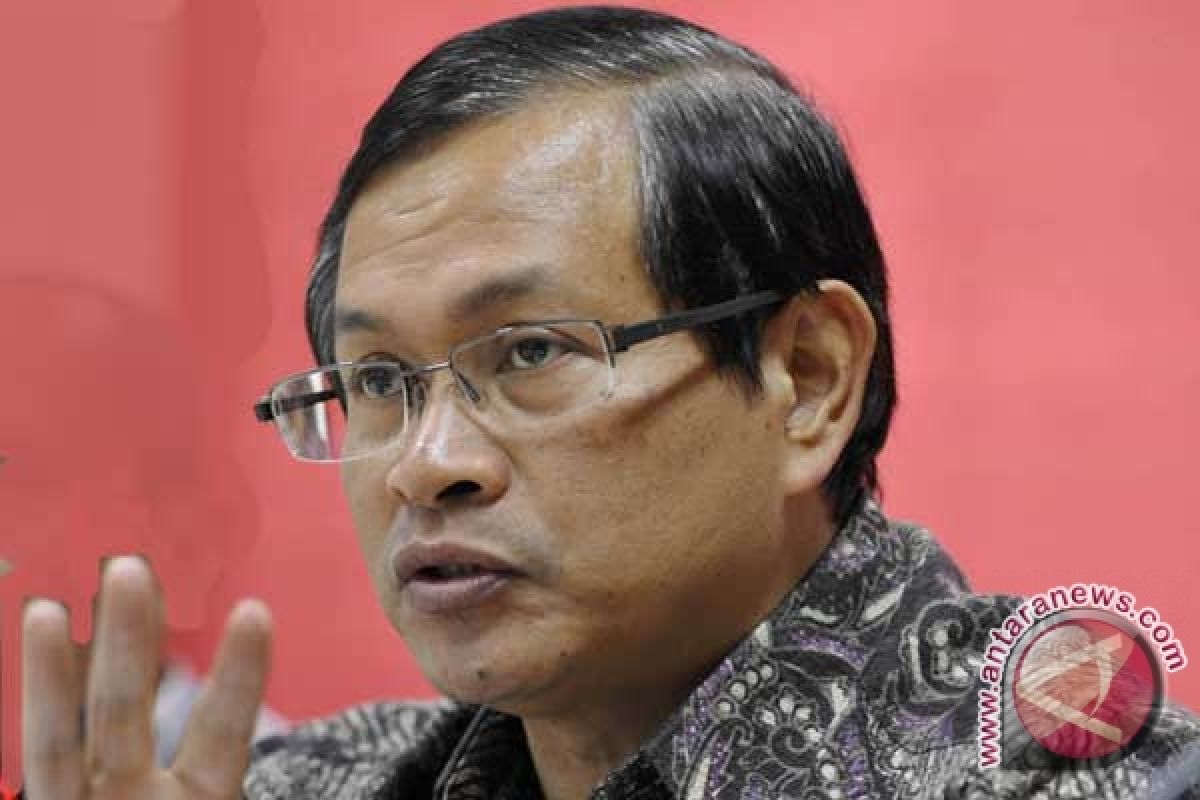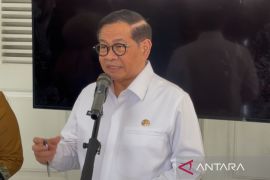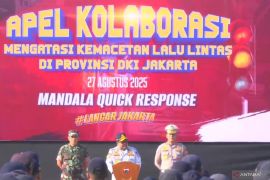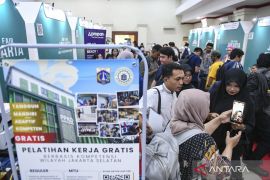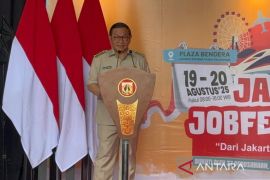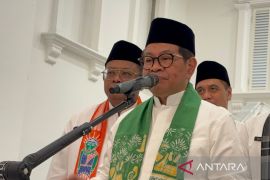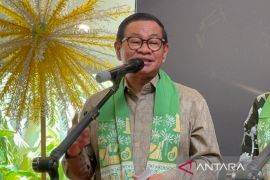The INSIS announced on Sunday the results of its survey that the four yang figures which had high electability to be come presidential hopefuls also included Hidayat Nur Wahid of the Prosperous Justice Party (PKS) faction of the House of Representatives (DPR) and Puan Maharani, who is chairperson of the Indonesian Democratic Party of Struggle (PDIP) faction in the DPR.
Pramono Anung and Priyo Budi Santoso are deputy speakers of the DPR.
The four young figures were voted to have highest electability, acceptability and popularity above that of other young political parties` figures in the survy.
INSIS researcher Mochtar W Oetomo said that in the acceptability aspect, Priyo Budi Santoso was ranked first with the support of 53.73 of the respondents, followed by Puan Maharani (51.02 percent), Pramono Anugng (49.53 percent) Hidayat Nur Wahid (47.75 percent), Tjahjo Kumolo (43,8 percent), Zulkifli Hasan (41.77 percent), Budiman Sujadmiko (38.13 percent) and Anas Urbaningrum (37.47 percent).
"Among young politicians, Priyo outclassed other political party young figures in terms of acceptability and electability," Mochtar said.
On electability, Priyo Budi Santoso also was ranked first on the list with the support of 10,37 percent of the respondents, followed by Pramono Anung (9.25 percent), Hidayat Nur Wahid (8.41 percent), Puan Maharani (8.03 percent), Anas Urbaningrum (7.10 percent) and Luthfi Hasan (5.04 percent).
But on the popularity aspect, Mochtar said, Anas Urbaningrum was chosen as the most popular young figure winning 82.05 percent of the support, followed by Priyo Budi Santoso (77.10 percent), Hidayat Nur Wahid (74.11 percent), Pramono Anung (73.73 percent), Puan Maharani (71.49 percent), Akbar Faisal (69.15 percent).
The INSIS conducted the survey on 1,070 respondents in 33 provinces from November 16 to December 4, 2014.
The survey was conducted face-to-face with respondents based on prepared questionnaires.
"The survey was conducted to see the popularity and acceptability of young political figures as presidential nominees. Young figures we surveyed were those at the ages of between 45 and 55 years old," Mochtar said.
(Uu.A014)
Editor: Priyambodo RH
Copyright © ANTARA 2012
